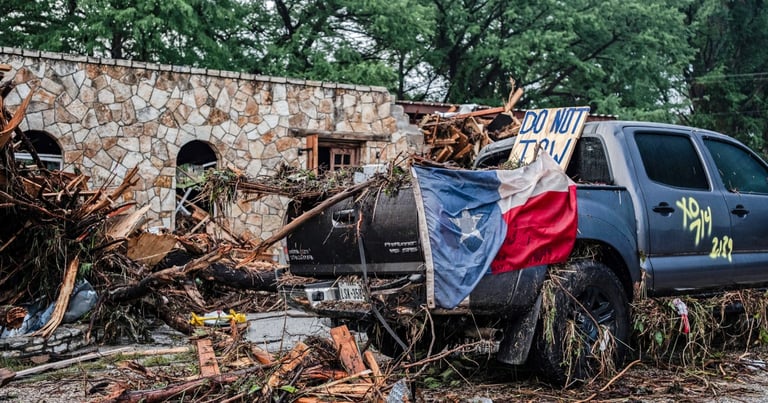Texas Floods: Criticism Over NWS Warnings Amid Staffing Cuts and Leadership Vacancies
July 7, 2025
Critics accused the NWS of underestimating rainfall and providing inadequate warnings during recent Texas floods, but officials and independent meteorologists argued that the warnings issued were timely and accurate given the data, highlighting the inherent difficulty in predicting extreme rainfall and flash floods.
The flooding was caused by tropical moisture from the remnants of Tropical Storm Barry, which stalled over central Texas and produced heavy rainfall in the region known as 'flash flood alley,' a topographically vulnerable area.
Despite losing about 600 staff members since spring due to layoffs and buyouts, NWS offices in Texas, including San Antonio and San Angelo, maintained sufficient staffing levels to respond to the flooding, although some key leadership roles remained unfilled.
The storms occurred at night, complicating warnings and public safety efforts, as most fatalities happened when residents were asleep and less able to respond quickly.
The NWS issued flood watches and warnings on July 3 and 4, with lead times exceeding three hours, and Texas officials generally appreciated the alerts, though some questioned whether local emergency notifications were adequate.
The deadly floods in Texas Hill Country resulted in at least 79 deaths and numerous missing persons, raising questions about the effectiveness of warnings amid recent staffing cuts by the Trump administration.
Recent budget cuts and staffing reductions at NOAA and NWS have raised concerns about the future accuracy and timeliness of weather forecasts, though efforts to improve forecasting continue despite these challenges.
Meteorologists and officials acknowledged that forecasting flash floods remains inherently difficult due to the complex nature of weather models and the unpredictable specifics of rainfall amounts and locations.
Summary based on 1 source
